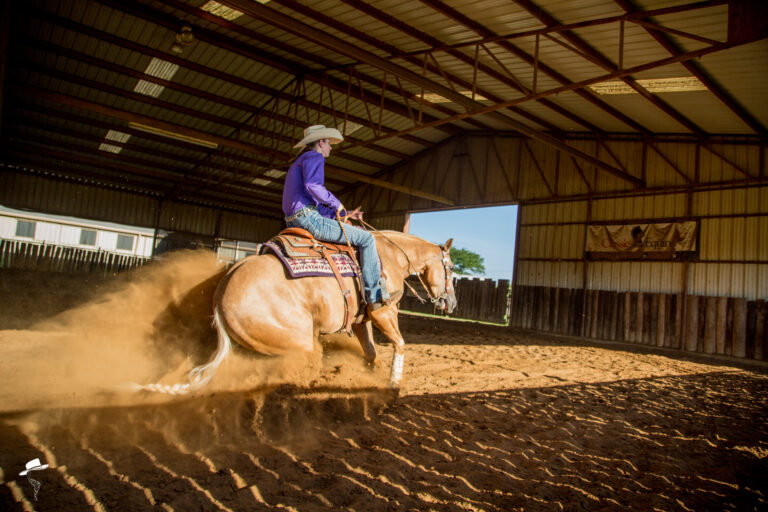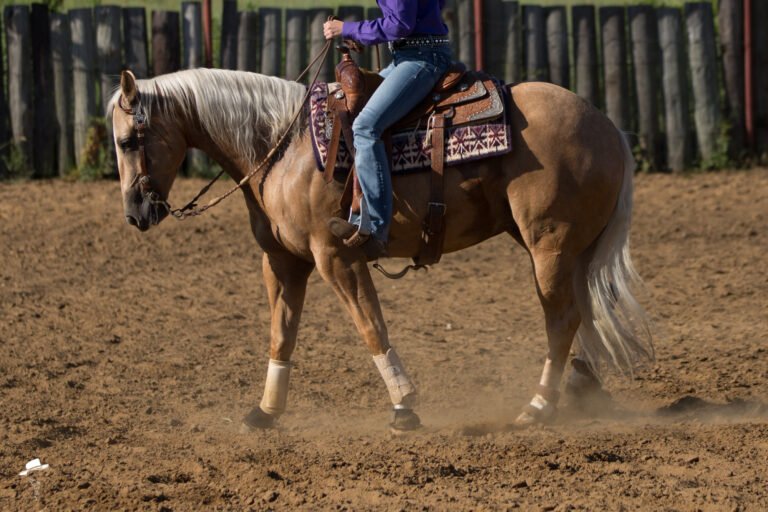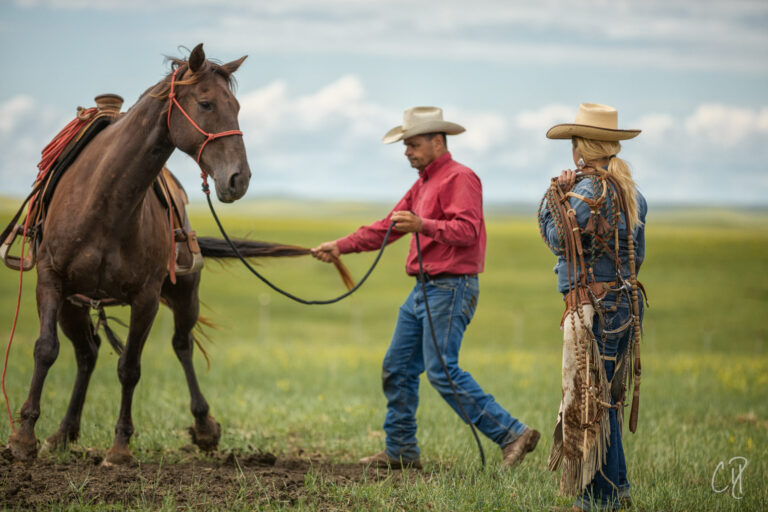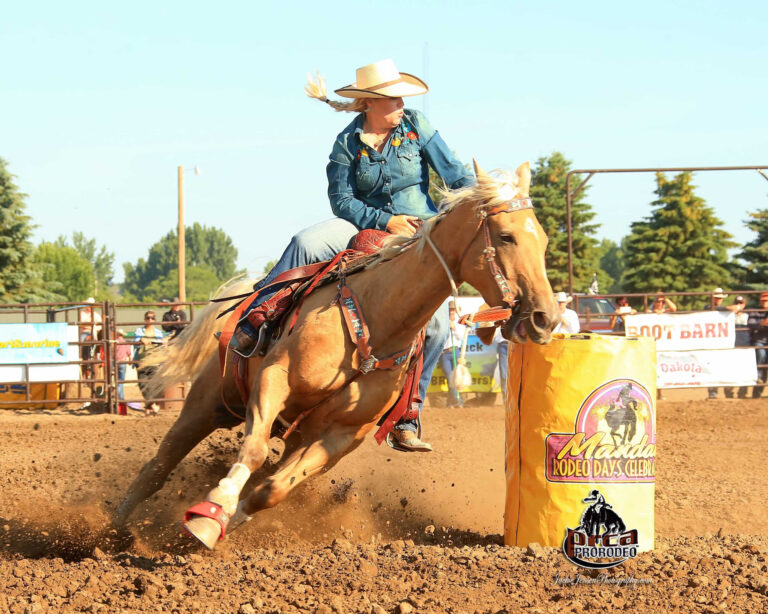Summit Joint Performance
Summit is a supplement. An Injectable Supplement. And if I’m touting it to you, it’s got to be good.
Summit is a supplement. An Injectable Supplement. And if I’m touting it to you, it’s got to be good.
In the Spring of 2019, I learned about a new hoof testing device called the KrossCheck Leverage System. My good barrel horse came up crippled after our first run of the year. To say I was devastated would be an understatement. I was in Oklahoma at the Barrel Bash — prepping for the BBR World…
How you bridle your horse can determine what sort of habits you develop in them! In this video I’ll show you how to get and keep them good!
A good rollback is one movement – a stop to a turn around, and off we go! That said, I want my horse to wait on me, not anticipate, the maneuver. Here’s how I accomplish that!
Teaching Rollbacks is one of the best ways to get good shoulder control on your horses. Shoulder control is at the top of my list when it comes to making a solid, honest barrel horse. Recently, I shared a video on my IGTV about removing the brace from your horse, and rollbacks are another great…
Let’s talk rein length, shall we? To me, rein length is really important. When we’re training a horse, we are, or should be, teaching them to search for the release. We do it with our feet, and even with our seat, so why do most barrel racers not do it with their reins?

Today we’ll wrap up this video series on the basics of collection. I hope you’ve all found it helpful in your journey with your horses. In case you missed them, here’s part 1, part 2, and part 3.
Getting on from the fence is a handy trick to have in your arsenal. It’s one of the most important things I believe we can teach our horses to do.

We’re covering more ground in our series on collection today! A couple things to note — in the video below: Cosmo wasn’t perfect with her lateral flexions. We are still working on those, and eventually they’ll become just right. But I won’t pick at her, because that will ruin all the try this mare has….
This mare here, I’ve never picked at her. Never ever. Ever never. She can do no wrong.I’ve never said a negative word about her.She’s been my pride and joy since she was born. And you know what I’ve learned from never saying anything negative about her? The relationship is pure. It’s unadulterated. It’s honest. I’ve…

In our continuing series on creating a collected horse, the next thing we need to talk about is how to carry what the horse is learning on the ground to the saddle. Below, in the video, I get on Luna and show you how collection begins to look from their back. Make note that there’s…
Keep in mind, you only have about 10 minutes of quality time to train at the lope. Due to this, I do most of my softening work at the walk.

Over the course of the next four weeks, I’m going to share with you, the basics of collection. This series will show you where I start, and how I progress. As we delve further into collection, I’ll show you how this relates to the barrel pattern. I need to start by saying this: I believe…

When choosing a horse trainer the options can be endless. With this article, I aim to help you decide what’s important to you, what’s important to your horse, and highlight some things you will want to look for to find a good fit for you. There are a lot of handy horsemen in this world…
Today, I’d like to share with you something that’s been on my mind — Broke vs. Gentle horses. To me a broke horse goes where I want, when I want, at the speed I want. They’re soft in the face, the ribs, and they’re willing. That does not, however make them gentle. Quite a few…

The last thing any horse really wants to do is fidget. No, seriously, think about it. If you’ve watched them in the pasture, when they’re not eating, they’re lazing, and if they’re young and full of energy, they’ll play for a bit and go back to eating or lazing. They’d rather be at peace than bothered, and to me, a horse that paws is a horse that’s bothered.

We like our horses to tune into our seat and our body, so we can use the reins and our legs to refine the cues we give them for turnarounds, rollbacks, spins, or gathering up so we can do a canter pirouette (or swap directions quickly to corral an unruly bull come fall). Plus, anyone else can use “whoa” or “ho” and that might mean something to our horse when we don’t need it to.
The availability of high quality forage and access to water will always be the most important needs. When adding additional feeds, I think it is very important to provide the right feed(s) for your horse’s needs, in the correct amount so that you supply your horse with the essential nutrients needed to keep them healthy.